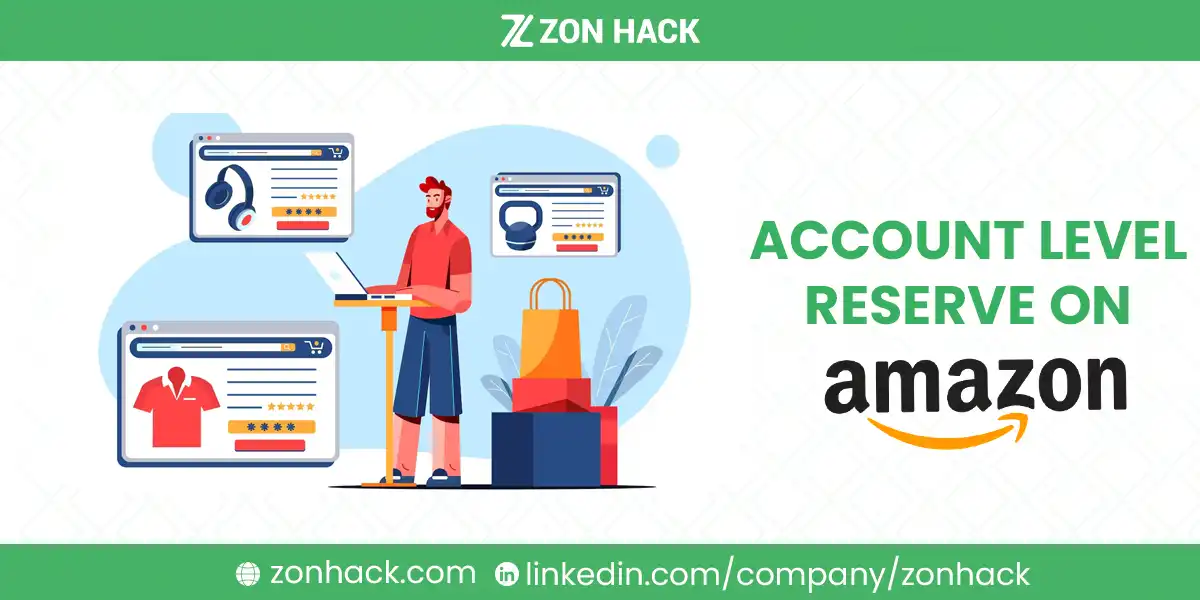We know that selling on Amazon comes with its own set of financial intricacies, and one of the most important aspects we need to understand is the Account Level Reserve (ALR). As experienced sellers ourselves, we’ve discovered that navigating this system is crucial for managing our cash flow effectively and maintaining a healthy Amazon business. The complexity of this system often catches new sellers off guard, but we’re here to help demystify it.
When we first started selling on Amazon, understanding the reserve system seemed daunting. However, we’ve learned that it’s actually a straightforward concept once we break it down. Today, we’re going to share our comprehensive knowledge about Amazon’s Account Level Reserve system and help you understand exactly how it affects your business operations, from daily transactions to long-term financial planning.
Overview of Account Level Reserve on Amazon
The Account Level Reserve represents a cornerstone of Amazon’s Pay Reserve Policy, and we’ve found it to be one of the most significant financial mechanisms on the platform. Unlike other selective policies that might apply to only certain sellers, this is a standard reserve type that affects all of us selling on the platform, regardless of our performance metrics or account standing.
Think of Account Level Reserve as Amazon’s safety deposit box where they hold back a certain percentage of our sales. Through our years of experience, we’ve come to understand that this percentage isn’t arbitrarily determined. Instead, Amazon carefully calculates it based on multiple intricate factors. Our business type and category play a crucial role – for instance, sellers in higher-risk categories might see larger reserves. The platform also considers our processing history, examining patterns in our sales, returns, and customer satisfaction metrics. Even our overall selling performance comes into play, with factors like order defect rate and customer feedback weighing heavily on the reserve calculations.
How Long Does It Reserve Your Money?
Through our extensive experience with Amazon’s reserve system, we’ve observed that the reserve funds are held for a specific seven-day period after the order has been placed. Once this period expires, the funds are released and paid to us through our normal payment schedule. We’ve learned that the exact amount Amazon holds back isn’t arbitrary but is determined by several key factors including our seller metrics, seller feedback, and the length of time we’ve been selling on Amazon.
How Long Disbursements Process Take?
Understanding the disbursement timeline has been crucial for our effective cash flow management. Amazon operates a standard 14-day disbursement cycle for most sellers will require. However, this isn’t a one-size-fits-all situation. In certain cases, particularly for newer accounts or those with specific risk factors, we’ve seen holds extend up to 90 days.
The actual disbursement process involves several moving parts. First, we need to ensure we have all our account elements properly set up. This means maintaining an active and verified bank account linkage and keeping a valid credit card on file. We’ve learned that missing or incorrect banking information can significantly delay our disbursements.
What’s particularly interesting about Amazon’s disbursement system is its flexibility. While the standard 14-day cycle works well for most situations, we’ve discovered that we can request earlier payments when needed. Some sellers even opt for daily disbursements when they have sufficient funds available. However, we should note an important caveat: requesting an early disbursement resets the automatic 14-day cycle, which requires careful planning on our part.
How to Check the Amount that is Kept in the Account Level Reserve?
We’ve developed a simple process to monitor our reserve amounts. Here’s our step-by-step guide:
- Navigate to Seller Central
- Click the hamburger menu (≡) in the top left corner
- Select Reports > Payment
- Review the reserve amount section
Important Points to Remember:
- Amazon uses this reserve to cover any refund requirements
- After the 7-day hold period, remaining funds move to Opening Balance
- The transfer process follows: Reserve → Opening Balance → Net Proceeds
Why is Account Level Reserve Important?
We understand that having our funds held in reserve might feel frustrating, but we’ve come to appreciate its significance for several reasons:
Buyer Protection:
- We can assure our customers that their interests are protected
- It maintains a safety net for potential refunds
- Builds trust in the marketplace for all participants
Seller Accountability:
- Helps us maintain high standards of service
- Ensures we’re committed to fulfilling our orders properly
- Creates a more professional selling environment
Fraud Prevention:
- Protects all of us from potentially fraudulent activities
- Maintains the integrity of the marketplace
- Reduces the risk of seller disappearance without fulfilling obligations
Conclusion
Surely, it might feel a bit frustrating to have your money held back at first, but trust us – it’s just part of running a successful Amazon business. Think of it as Amazon’s way of keeping everyone safe and honest in the marketplace.
Got more questions about Account Level Reserve? We’d love to hear from you in the comments below! Drop your thoughts, share your experiences, or ask away if something’s still unclear. We’re all in this together, and sharing knowledge makes us all better sellers.

